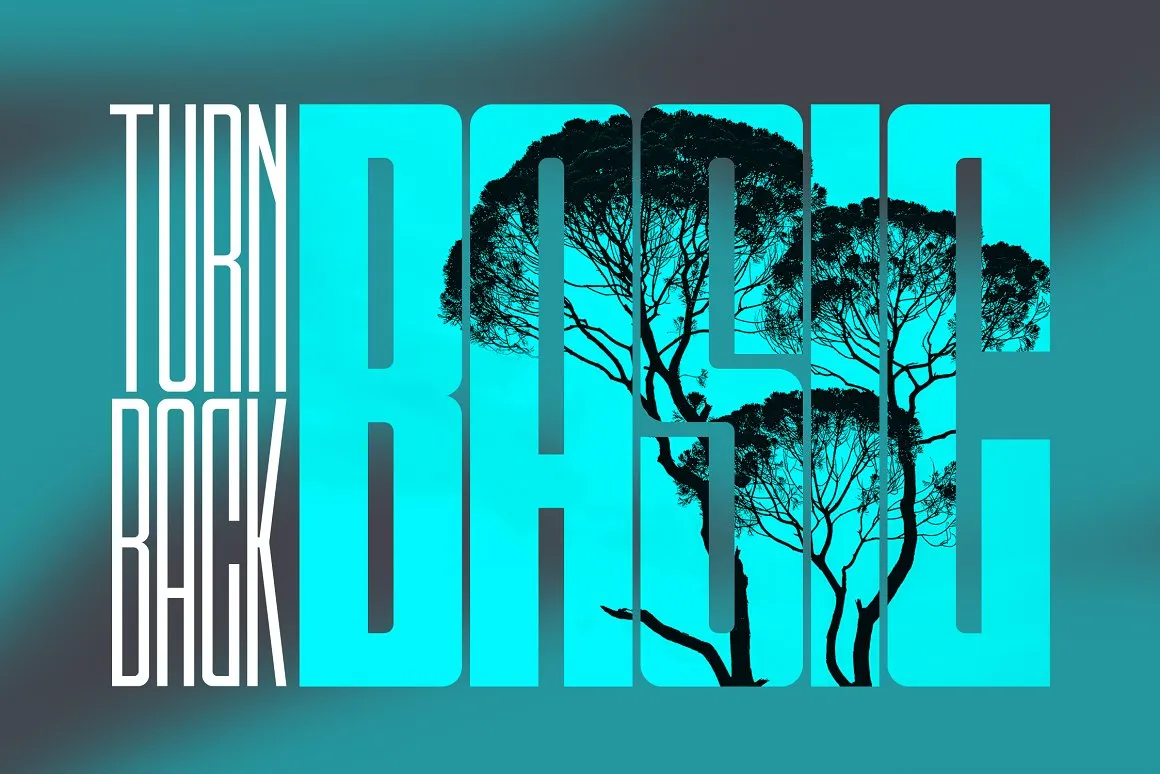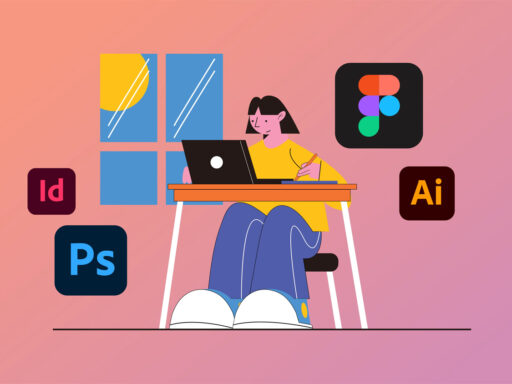Typography, at its core, is the art and technique of arranging type to make written language legible, readable, and visually appealing. Its origins can be traced back to ancient civilizations when inscriptions were carved or painted on various surfaces.
History of Typography:
The history of typography is rich and diverse. From Gutenberg’s invention of the printing press in the 15th century, which revolutionized the distribution of written material, to the evolution of different typefaces and printing techniques over the centuries, typography has continuously evolved alongside technology and cultural shifts.
Key Elements of Typography:
- Typefaces and Fonts: Understanding the distinction between typefaces (such as Times New Roman, Arial, etc.) and fonts (different variations within a typeface, like regular, bold, italic, etc.).
- Hierarchy: How typography creates visual hierarchy, guiding readers through content by using different font sizes, weights, and styles for headings, subheadings, and body text.
- Spacing and Kerning: The significance of letter and line spacing, as well as kerning (adjusting the space between individual letters), in enhancing readability and aesthetics.
- Alignment and Layout: Exploring different text alignments (left, right, center, justified) and their impact on the overall presentation of content.
Importance of Typography:
Typography plays a crucial role in communication. It isn’t merely about making text readable; it shapes the tone, mood, and personality of the content. Good typography enhances comprehension, engages readers, and communicates the intended message effectively.
Typography in Modern Design:
In today’s digital age, typography has expanded its reach beyond print media. It’s an integral part of web design, user interfaces, branding, and advertising. Designers carefully select and combine typefaces to evoke emotions, establish brand identity, and improve user experience across various platforms and devices.
Best Practices and Tips:
- Choosing appropriate typefaces for different contexts and audiences.
- Ensuring readability on various screen sizes by using responsive typography.
- Embracing white space and proper alignment for a cleaner, more digestible layout.
- Paying attention to contrast and color to enhance readability.
Conclusion:
Typography is a powerful design element that goes beyond the mere arrangement of letters. It influences how we perceive and engage with content, making it a critical aspect of effective communication and design. Understanding its history, mastering its elements, and applying best practices can significantly elevate the quality and impact of any written material.







